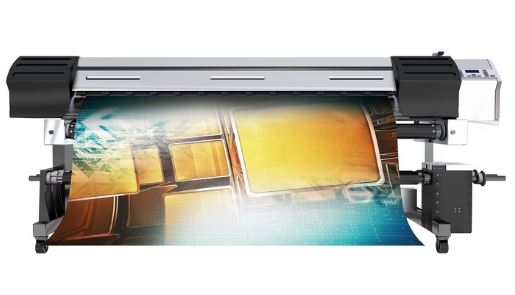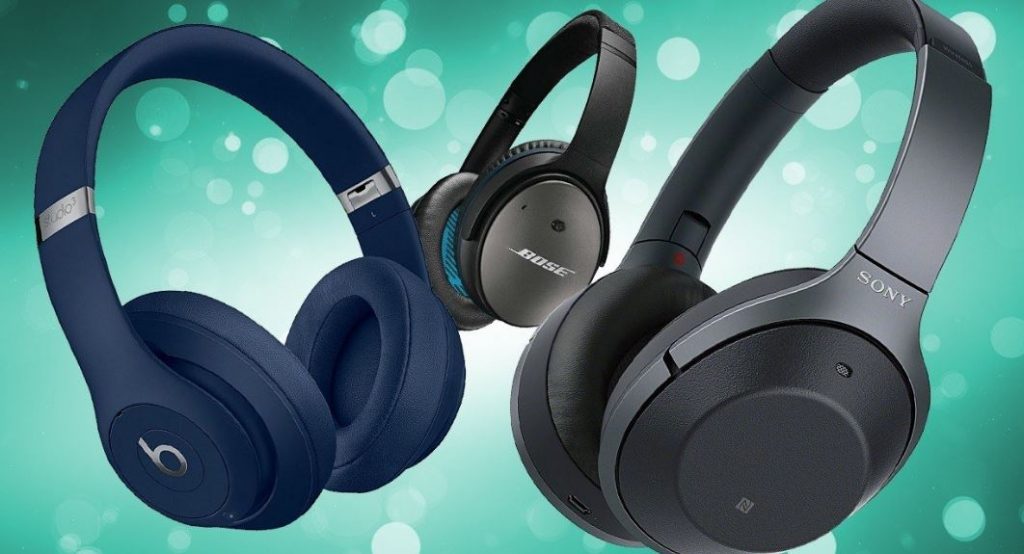Printers are very useful devices and we use them a lot. We need printers for various reasons throughout our lives whether that be for an assignment, a lengthy thesis, or some work from the boss.

Considering the amount of work we do on our printers, it is very necessary to buy a printer which lasts a long time before we need to replace it with another printer. Let’s have a look at the analogy of the printers which will help us understand how they work and which printer to choose for our daily work.
Inkjet VS Laser Printers
The two most common types of printers are inkjet and laser printers. These two types come under non-impact printers. Impact printers are rarely used nowadays and should not be considered.
This term was introduced to categorize printers into two kinds, one which physically has a mechanism for touching the paper, hence called impact printer, while the other kind uses other mechanisms which do not directly touch the paper, therefore called non-impact printers.
The impact printers were also known to be much noisier and that is why their time was soon up, although you might find some Dot-Matrix printers in some offices though.
Now let’s see how an inkjet printer works. An inkjet printer has a series of nozzles that spray drops of ink directly on the paper. Various manufacturers use slight variations of this method, for example, Epson uses patented piezoelectric technology. On the other hand, in a laser printer, the paper is moved on a drum with toner particles and the particles get stuck on the paper due to an electric charge.
The paper is then passed through rollers and due to pressure and heat, the particles are permanently infused with the paper. Therefore, a laser printer cannot be used in cases where the printing paper/sheet is not heat-resistant. Otherwise, the mechanism of the laser printer seems much better than the inkjet printer in terms of longevity and laser printers should be your top priority.
Now, let’s talk about the printing capability of both printers. Inkjet printers are better for printing graphics as their capability of blending colors is quite better. They are also cheaper than laser printers and their ink cartridges are also cheaper than toner cartridges. However, they require a lot of maintenance and are also much slower than laser printers.
Also, the cost of inkjet printers for long-term use is more than that of laser printers. On the other hand, laser printers require almost no maintenance and are much faster at printing in large quantities. Therefore, if you are looking for a fast printer that needs little maintenance over time, then you should consider buying a laser printer.
See also: 5 Cool Things You Can Print With A 3D Printer
Features of a Printer
It might be true that we need various features in our printer from time to time such as wireless printing or scanning etc but this can have a negative effect on the life of the printer.
Printers having a lot of features are much more prone to failure and software-related issues and that is why if you are considering buying a printer then make sure that it has only those features which are useful to you. Also, the extra features will increase the cost of the printer drastically.
See also: Choosing your office printer: 5 ways to go about it
Failure Rates
Another aspect that is ignored by most buyers is the failure rate of printers. It is true that your particular unit might not behave accordingly to the statistics of the printers but since statistics provide us with facts, it is much better to act according to the stats and buy a printer having a low failure rate.

According to research, conducted with around 40,000 printers, 13% of Brother Printers became faulty within three years while the figure for Canon is around 14%. HP and Epson have a failure rate of around 20 percent which is considerably more than the other two companies. Based on these statistics, you should focus more on the Brother and Canon printers, however, you can also high-quality models from other companies, as there are many printer models that have a low failure rate.



